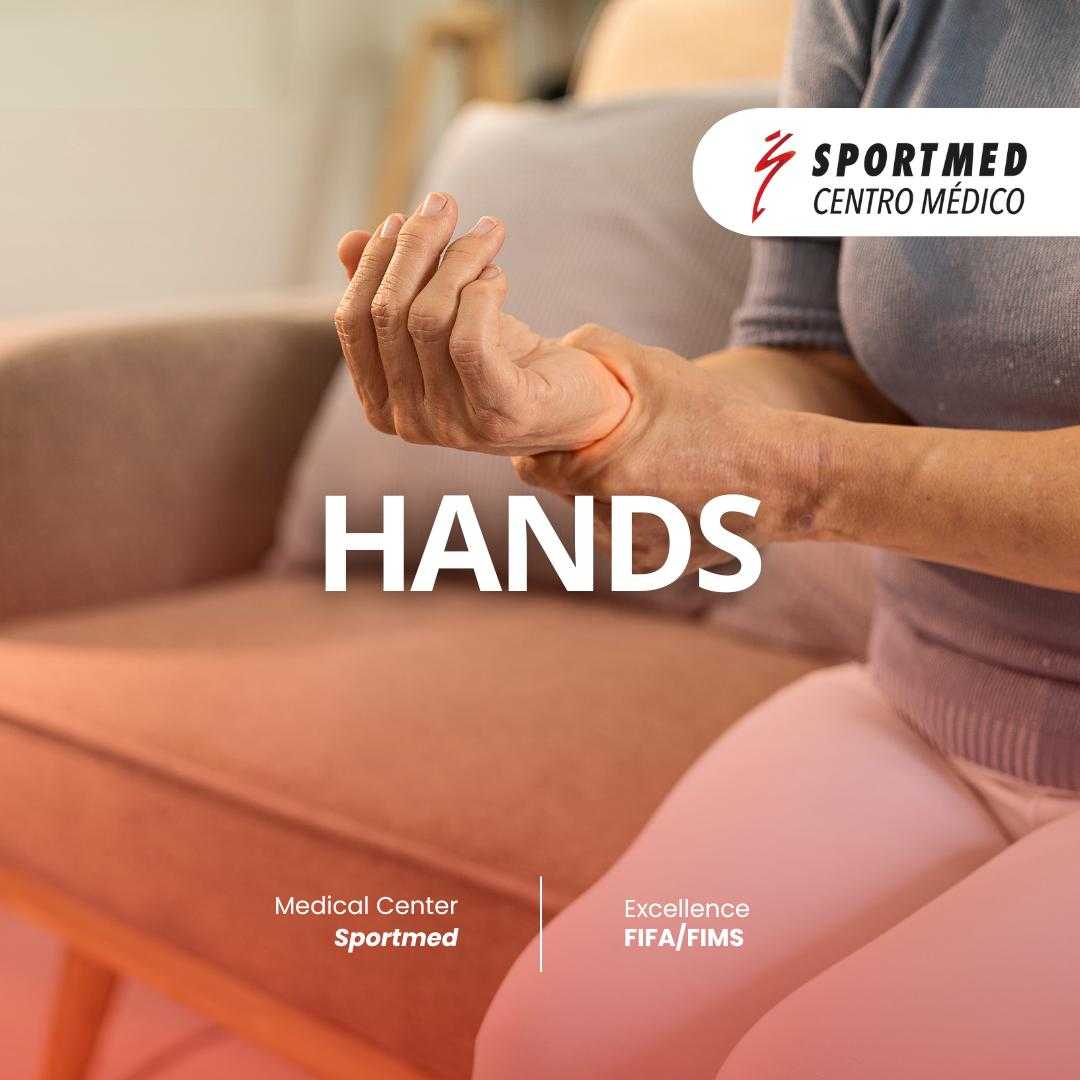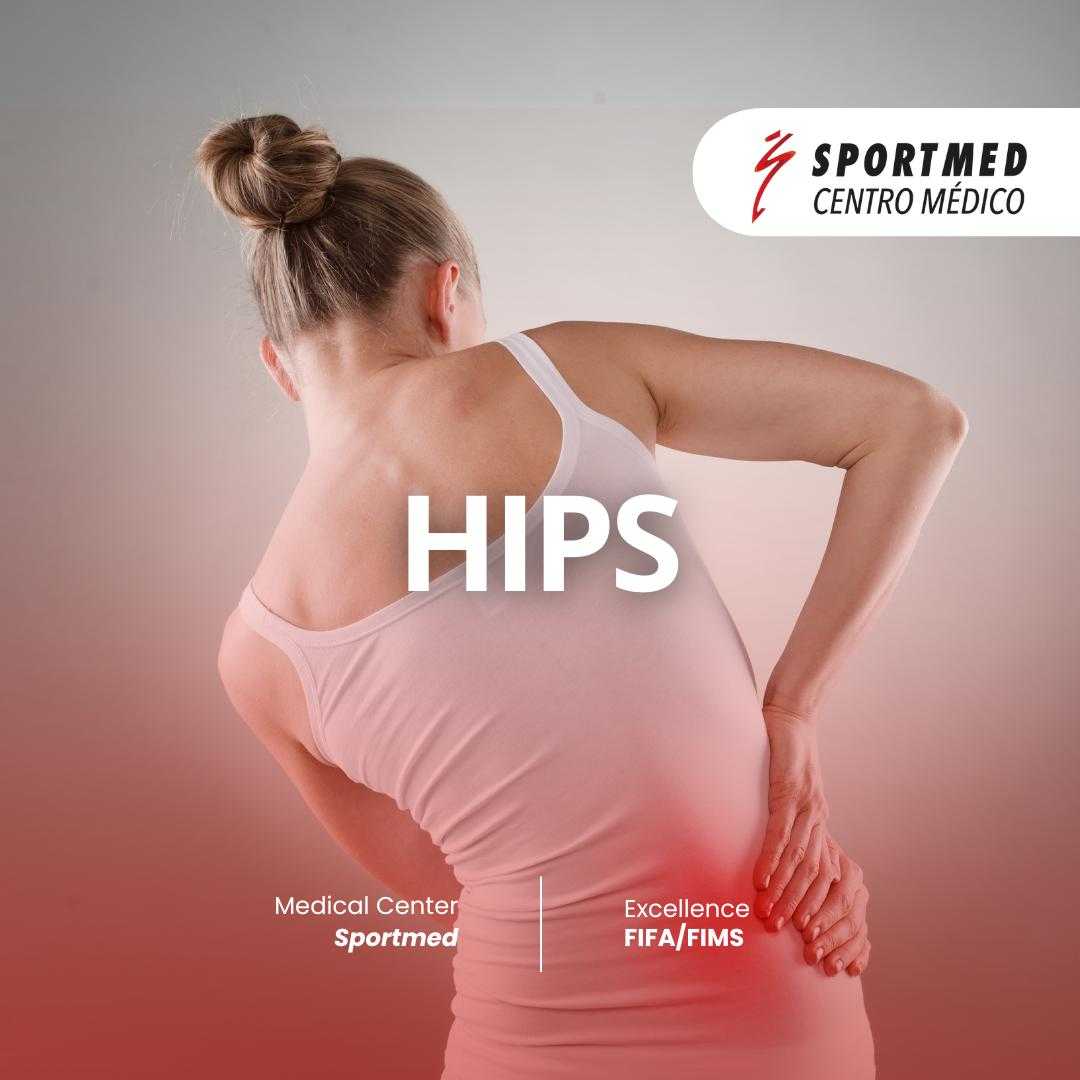
Unlock Your Health Potential: Complete Physicals Abroad
In our fast-paced lives, prioritizing health often takes a backseat until a problem arises. However, proactive health management, particularly through a complete physical and history, is the cornerstone of long-term well-being. Think of it as a comprehensive health check-up, a deep dive into your body's current state and your medical background, designed to catch potential issues early and provide peace of mind.
For many, the idea of a comprehensive annual physical might seem like a luxury or an expensive necessity. However, thanks to the rise of medical tourism, accessing top-tier complete physicals and detailed health histories has become more attainable and affordable than ever before. Whether you're seeking a routine check-up, an executive health assessment, or simply want to take a proactive step towards your health, exploring options abroad can offer exceptional quality and value.
A complete physical involves a thorough examination by a doctor, often including various tests and screenings, while a detailed history gathers crucial information about your past health, lifestyle, and family medical background. Together, they form a powerful tool for preventative care. Ready to explore how medical tourism can make your next health check-up a seamless and rewarding experience? Let's dive into the details.
What Exactly is a Complete Physical and History?
A complete physical, often referred to as an annual physical or health check-up, is a preventative medical examination. It's a systematic review of your body to identify early signs of illness, assess your overall health status, and update vaccinations or screenings as needed. During this examination, your doctor will check vital signs, perform physical assessments, and discuss your lifestyle habits, diet, and exercise.
Coupled with this is the "history" — a crucial component where your doctor gathers detailed information about your past medical conditions, surgeries, medications, allergies, and family health history. This information provides a holistic view, helping the doctor connect the dots between your past, present, and potential future health challenges. It's like building a comprehensive health profile that guides personalized preventative strategies.
The goal isn't just to react to illness but to prevent it. By understanding your unique health landscape, doctors can offer tailored advice on how to maintain good health, manage existing conditions, and mitigate risks for diseases that might run in your family or be associated with your lifestyle choices.
What Does a Comprehensive Physical Exam Entail?
The scope of a comprehensive physical can vary slightly based on your age, gender, and specific health concerns, but generally includes several key components:
- Vital Signs Check: Blood pressure, heart rate, respiration rate, and temperature are measured.
- General Appearance Assessment: The doctor observes your overall health, including skin, eyes, and mobility.
- Heart and Lung Exam: Listening to your heart for murmurs and lungs for signs of respiratory issues.
- Abdominal Exam: Palpating the abdomen to check for organ size and tenderness.
- Neurological Exam: Assessing reflexes, balance, and cognitive function.
- Laboratory Tests: Blood tests (e.g., complete blood count, cholesterol, blood sugar) and urine analysis are common.
- Screenings: Depending on age and risk factors, screenings like mammograms, colonoscopies, or prostate exams may be discussed or ordered.
Think of it like a car maintenance check-up. Just as a mechanic inspects various parts of your car, a doctor systematically checks your body's systems to ensure they are functioning optimally. For example, a high cholesterol reading from a blood test could prompt lifestyle changes or medication to prevent heart disease, much like a low tire pressure warning leads to a quick fix before a flat occurs.
Who Should Get a Complete Physical and How Often?
While opinions on the exact frequency of complete physicals vary, most medical guidelines recommend that adults undergo a general health check-up at least once every one to five years, with many suggesting annual physicals, especially for those over 40. For younger, healthy individuals, less frequent checks might be sufficient, focusing on specific screenings.
However, if you have chronic conditions like diabetes or high blood pressure, a family history of certain diseases, or if you're experiencing new or unusual symptoms, more frequent visits are advisable. Pregnant women, athletes, and individuals in certain professions (e.g., those requiring pre-employment physicals) also have specific guidelines for health assessments. It's always best to discuss with your doctor to determine a personalized schedule.
Consider it an investment in your future. Catching conditions like high blood pressure or diabetes early means you can start treatment or make lifestyle changes sooner, potentially preventing more serious complications down the line. It's about being proactive rather than reactive with your health.
Exploring Different Types of Complete Physicals
While the term "complete physical" often refers to a general health assessment, there are several specialized types designed for particular purposes:
- Executive Physicals: These are often more comprehensive than standard physicals, including extensive diagnostic tests, specialist consultations, and personalized health reports, catering to busy professionals. They may involve advanced cardiac screenings, detailed body composition analysis, and executive stress assessments.
- Pre-employment Physicals: Required by employers to ensure candidates are fit for specific job roles, particularly those involving physical labor or safety-sensitive tasks. These often focus on drug screenings, vision, hearing, and musculoskeletal assessments.
- Sports Physicals: Mandatory for athletes, these focus on musculoskeletal health, cardiovascular fitness, and any pre-existing conditions that might affect athletic performance or safety. They aim to prevent injuries and identify risks of sudden cardiac events.
- Immigration Physicals: Required for individuals applying for visas or green cards, these ensure applicants meet specific health standards and are not carrying communicable diseases.
- Traveler's Physicals: Prior to international travel, these physicals focus on vaccinations, destination-specific health risks, and necessary preventative medications.
Each type serves a distinct purpose, offering targeted assessments based on individual circumstances. For instance, an executive physical might include genetic screening or advanced imaging, while a sports physical focuses heavily on orthopedic health. Understanding these variations can help you choose the right type of assessment for your needs, especially when looking into international options that might package these differently.
Why is Regular Preventative Care So Important?
Preventative care is the backbone of a healthy life. Imagine a small leak in your roof; if you catch it early, it's an easy fix. If you ignore it, it can lead to extensive damage. Your body works similarly. Regular physicals can detect health issues like high blood pressure, elevated cholesterol, or pre-diabetes before they escalate into serious, chronic conditions. Early detection means simpler, less invasive treatments and a higher chance of successful management or even reversal.
Moreover, these visits are an opportunity to discuss your lifestyle, nutrition, exercise habits, and mental health with a professional. Your doctor can provide personalized guidance, helping you make informed choices that positively impact your well-being. This proactive approach not only extends your lifespan but also significantly improves your quality of life, allowing you to enjoy more years of good health.
The long-term benefits are substantial, not just for your health but also for your finances. Addressing health issues in their initial stages is almost always less expensive than treating advanced diseases, which often require extensive medical interventions, surgeries, and long-term medication. Preventative care effectively reduces the burden on healthcare systems and individual patients alike.
How Can Medical Tourism Make Complete Physicals More Accessible?
For many individuals in countries with high healthcare costs or long waiting lists, accessing a comprehensive physical can be a challenge. Medical tourism presents a compelling alternative. Countries like Mexico, Costa Rica, Turkey, India, and Thailand have developed robust medical tourism infrastructures, offering high-quality health services at a fraction of the cost found in Western nations. This affordability doesn't compromise quality; often, these facilities boast state-of-the-art equipment and internationally trained medical professionals.
Beyond cost savings, medical tourism can significantly reduce wait times. In some home countries, securing an appointment for a detailed physical can take weeks or even months. Abroad, you can often schedule your complete physical quickly, allowing for prompt assessment and peace of mind. This efficiency is particularly appealing for those with demanding schedules or who prefer not to delay their health checks.
Furthermore, the experience of combining a medical check-up with a trip to a new country adds an attractive dimension. Patients can use their medical travel as an opportunity for relaxation, cultural exploration, and recovery in beautiful, tranquil environments. This can turn a potentially stressful medical appointment into a rejuvenating vacation, enhancing the overall well-being aspect of the journey.
Is the Quality of Overseas Health Checks Reliable?
A common concern when considering medical tourism is the perceived quality of care. However, many international hospitals and clinics specializing in medical tourism maintain exceedingly high standards, often exceeding those found in some domestic facilities. Many of these institutions seek and achieve international accreditations from bodies like the Joint Commission International (JCI), which signifies a commitment to global benchmarks for patient safety and quality of care.
Doctors and medical staff in popular medical tourism destinations are frequently educated and trained in Western countries, bringing a wealth of expertise and experience. They often speak multiple languages, including English, ensuring clear communication and understanding throughout your physical examination and consultation. These facilities invest heavily in advanced diagnostic technology, comparable to or even surpassing what's available in many developed nations.
To ensure reliability, it's crucial to do your homework. Look for clinics with established reputations, transparent pricing, positive patient testimonials, and verifiable accreditations. Reputable medical tourism facilitators like PlacidWay can provide guidance and connect you with vetted, high-quality providers, making the selection process much easier and safer.
What Countries Offer the Best Value for Complete Physicals?
Several countries have emerged as leaders in medical tourism for complete physicals and health screenings, each offering unique advantages:
- Mexico: Easily accessible for North American travelers, Mexico provides a wide range of clinics, particularly in border cities and popular tourist destinations, known for competitive pricing and highly skilled doctors.
- Costa Rica: Renowned for its natural beauty, Costa Rica also boasts excellent medical facilities, offering high-quality care in a relaxing environment, often favored for its recovery-friendly atmosphere.
- Thailand: A long-standing leader in medical tourism, Thailand offers world-class hospitals with luxurious amenities, highly experienced medical staff, and comprehensive health check-up packages at very attractive prices.
- Turkey: With its strategic location, state-of-the-art hospitals, and government support for medical tourism, Turkey is a strong contender, especially for European patients seeking advanced diagnostics.
- India: Known for its highly qualified doctors and advanced medical infrastructure, India offers some of the most cost-effective health packages, drawing patients globally for comprehensive check-ups.
- South Korea: A rising star in medical tourism, South Korea offers incredibly advanced diagnostic technology and highly efficient, integrated health check-up systems, especially popular for executive health programs.
These destinations not only provide exceptional medical care but also offer vibrant cultural experiences and tourism opportunities, allowing patients to transform a medical visit into a holistic wellness journey. The combination of affordability, quality, and tourism makes these countries highly attractive for international patients seeking complete physicals.
Comparing International Costs for a Complete Physical
One of the primary drivers for medical tourism is the significant cost savings. The price of a complete physical can vary dramatically depending on the country, the clinic, and the extent of the tests included. Below is a comparative table illustrating potential cost ranges for a standard complete physical (excluding travel and accommodation, which are additional).
| Country | Estimated Cost Range (USD) for Basic Physical | Notes |
|---|---|---|
| USA | $200 - $1,000+ | Highly variable based on insurance, location, and included tests. Executive physicals can be thousands. |
| UK | $150 - $700+ | Private clinics; NHS offers some basic checks. |
| Mexico | $100 - $400 | Excellent value, accessible from North America. |
| Costa Rica | $150 - $500 | High-quality care with a focus on patient experience. |
| Thailand | $80 - $350 | World-class facilities, highly competitive pricing, extensive packages. |
| Turkey | $100 - $450 | Modern hospitals, often includes accommodation packages. |
| India | $50 - $300 | Most affordable option for comprehensive check-ups. |
These figures are estimates and can vary based on the specific tests included in the package (e.g., advanced imaging, specialist consultations). However, they clearly demonstrate the significant financial advantages of seeking complete physicals through medical tourism.
What Should I Consider When Choosing an International Clinic?
Choosing the right international clinic is paramount for a successful medical tourism experience. Here are key factors to consider:
- Accreditation: Look for international accreditations like JCI (Joint Commission International) which signals adherence to global standards of safety and quality.
- Doctor's Qualifications and Experience: Research the medical team's credentials, specialization, and experience. Many clinics highlight doctors trained in Western countries.
- Technology and Facilities: Ensure the clinic uses modern diagnostic equipment and has well-maintained, hygienic facilities.
- Package Inclusions: Understand exactly what your complete physical package covers – which tests, consultations, and follow-ups are included.
- Language Barrier: Confirm that English-speaking staff and doctors are available to ensure clear communication.
- Patient Reviews and Testimonials: Read reviews from previous international patients to gauge their experiences regarding care, communication, and overall satisfaction.
- Location and Logistics: Consider the clinic's proximity to accommodation, airports, and tourist attractions if you plan to combine medical care with leisure.
Think of it as choosing a specialized service. You wouldn't pick a builder without checking their previous work and reviews. The same applies to your health. A reliable medical tourism facilitator can significantly streamline this research process by providing vetted options and transparent information.
How to Prepare for Your Medical Travel and Overseas Physical
A little preparation goes a long way in ensuring a smooth medical tourism experience. Here’s a checklist:
- Compile Medical Records: Gather copies of your past medical records, vaccination history, and a list of current medications and allergies. This helps the overseas doctors get a comprehensive understanding of your health history.
- Communicate with the Clinic: Share your medical history and any specific concerns with the international clinic beforehand. Confirm all appointment details and pre-physical instructions (e.g., fasting requirements).
- Travel Arrangements: Book flights, accommodation, and arrange local transportation. Consider travel insurance that covers medical emergencies abroad.
- Passport and Visa: Ensure your passport is valid, and check if you need a visa for your chosen destination.
- Financial Planning: Understand the payment process and currency exchange rates. Carry necessary funds or credit cards.
- Pack Smart: Pack comfortable clothes, any necessary personal items, and copies of important documents.
- Research Local Culture: Familiarize yourself with local customs and basic phrases if you wish.
Working with a medical tourism facilitator can simplify many of these steps, as they often assist with travel logistics, clinic communication, and even local support. They act as your guide, ensuring you're well-prepared for both your physical and your travel experience.
Addressing Common Concerns About International Health Screenings
It's natural to have questions and concerns when considering an international health screening. Here are some common ones and how they are typically addressed:
- Quality of Care: As discussed, many international clinics are JCI accredited and employ highly trained professionals, often surpassing standards in some home countries. Thorough research and facilitator assistance mitigate this concern.
- Language Barrier: Leading medical tourism clinics specifically cater to international patients, with multilingual staff and doctors. Many provide translation services if needed.
- Follow-up Care: It's crucial to discuss with your overseas doctor how test results will be communicated and what follow-up actions are recommended. Many clinics offer virtual consultations for reviewing results post-trip. You can also share the results with your local doctor upon return.
- Medical Malpractice: While legal systems vary, reputable clinics prioritize patient safety and adhere to strict ethical guidelines. Choosing accredited facilities reduces this risk significantly.
- Unexpected Costs: Opt for clinics that offer transparent, all-inclusive packages. Always get a detailed quote before committing to avoid hidden fees.
By actively engaging in research, communicating openly with your chosen clinic, and leveraging the support of experienced medical tourism platforms, these concerns can be effectively managed, paving the way for a safe and beneficial international health screening experience.
Take the Next Step with PlacidWay
Ready to take control of your health with an affordable, high-quality complete physical? Your journey to proactive well-being is just a click away. Explore top-rated international clinics, compare comprehensive health check-up packages, and get a free, personalized quote for your complete physical and history with PlacidWay. Let us help you plan a seamless and reassuring medical travel experience, ensuring you receive the best preventative care globally. Start your health optimization today!
Executive Treatment Abroad, Physical Exam Abroad










Share this listing